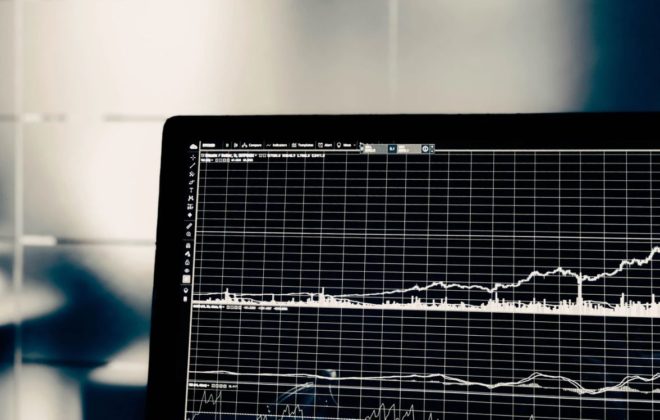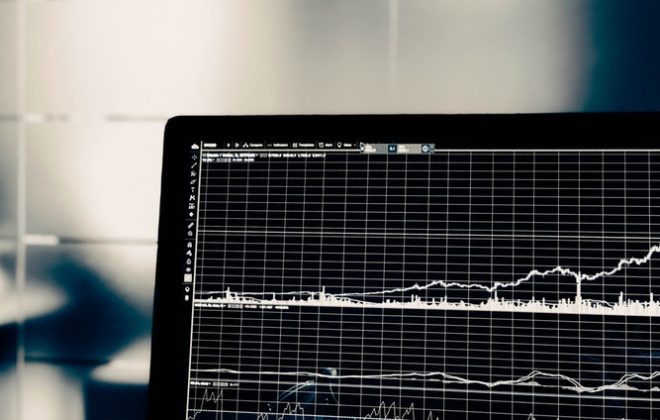4 Easy steps to start Gold trading
4 Easy steps to start Gold trading
If it is a bull or a bear Market – the gold market offers high liquidity and excellent opportunities due to its unique position within the world’s economic and political systems. However, most of the trader like to trade with metal outright, speculating through the futures, equity, and options markets because of huge leverage with measured risk.
Most trader often fail to take full advantage of gold price fluctuations just because they don’t know the unique characteristics of world gold markets or the hidden pitfalls that can make profits. However, not all investment vehicles are created equally, some gold instruments are more likely to produce consistent bottom-line results than others.
It’s not so hard to learn to trade with yellow metal, but the activity requires skill sets unique to this commodity. The beginner should tread lightly, but seasoned investors will benefit by incorporating these four strategic steps into their daily trading routines. In the meantime, experimenting with the intricacies of these complex markets become second-hand.
The reason behind gold trading moves
Gold is most old currency in the world, gold has embedded itself deeply into the psyche of the financial world. Almost everyone has an option about the yellow metal, but gold itself reacts only to a limited number of price catalysts. Each of these forces splits down the middle in a polarity that impacts sentiment, volume, and trend intensity:
Inflation and deflation
Greed and fear
Supply and demand
Every trader faces elevated risk when they trade gold in reaction to one of these polarities, when in fact it’s another one controlling price action. To understand this fact: let’s say selloff hits world financial markets, and gold takes off in a strong rally. Maximum traders assume that fear is moving the yellow metal and jump in, believing the emotional crowd will blindly carry price higher. However, inflation may have actually triggered the stock decline, attracting a more technical crowd that will sell against the gold rally aggressively.
Mixing of these forces is always in play in world markets, establishing long-term themes that track equally long up-trends and downtrends. For example, the Federal Reserve economic stimulus began in 2009, initially had little effect on gold because market players were focused on high fear levels coming out of the 2008 economic collapse. However, this quantitative easing encouraged deflation, setting up the gold market and other commodity groups for a major reversal.
The economic rollover didn’t happen immediately because a reflation bid was underway, with depressed financial and commodity-based assets spiraling back toward historical means. Gold finally topped out and turned lower in 2011 after reflation was completed and central banks intensified their quantitative easing policies. VIX eased lower at the same time, signaling that fear was no longer a significant market mover.
Learn about public hype and crowd
The yellow metal attracts numerous crowd with diverse and often opposing interests. Gold bugs stand at the top of the heap, collecting physical bullion and allocating an outside portion of family assets to gold equities, options, and futures. These are long-term players, rarely dissuaded by downtrends, who eventually shake out less ideological players. However, retail participants comprise nearly the entire population of gold bugs, with few funds devoted entirely to the long side of the precious metal.
Gold bugs and enormous liquidity while keeping a floor under futures and gold stocks, because they provide a continuous supply of buying interest at lower prices. They also serve the contrary purpose of providing efficient entry for short sellers, especially in emotional markets when one of the three primary forces polarizes in favor if strong buying pressure.
In addition, gold attracts enormous hedging activity by institutional investors who buy and sell in combination with currencies and bonds in bilateral strategies known as risk-on and risk-off. Funds create baskets of instruments matching growth and safety, trading these combinations through lighting fast algorithms. They are especially popular in highly conflicted markets in which public participation is lower important.
Practice the Long-Term Chart
Take time to learn the gold chart inside and out, starting with a long-term history that goes back at least 100 years. However, to carving out trends that persisted for decades, the metal has also trickled lower for incredibly long periods, denying profits to gold bugs. From a strategic standpoint, the analysis identifies price levels that need to be watched if and when the yellow metal returns to rest them.
Gold’s recent history shows little movement until the 1970s, when following the removal of the gold standard for the dollar, it took off in a long uptrend, underpinned by rising inflation due to skyrocketing crude oil prices. After topping out at 2076 an ounce in February 1980, it turned lower near 700 USD in the mid-1980s, in reaction to restrictive Federal Reserve monetary policy.
The subsequent downtrend lasted into the late 1990s when gold entered the historic uptrend that culminated in the February 2012 top of $1,916 an ounce. A steady decline since that time has relinquished around 700 points in four years; although in the first quarter of 2016 it surged 17% for its biggest quarterly gain in three decades, as of December 2017, it’s trading at $1,267 per ounce.
Summary
Gold trading market profitably in four steps. First, learn how three polarities impact the majority of gold buying and selling decisions. Second, familiarize yourself with the diverse crowds that focus on gold trading, hedging, and ownership. Third, take time to analyze the long and short-term gold charts, with an eye on key price levels that may come into play.
Finally, choose your venue for risk-taking, focused on high liquidity and easy gold trading execution.



